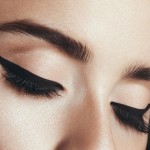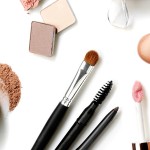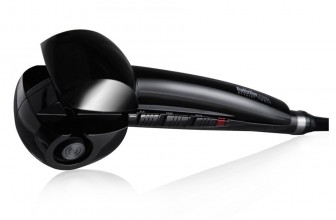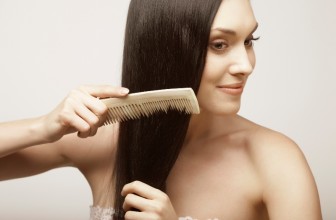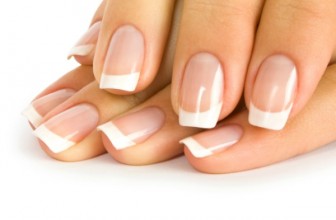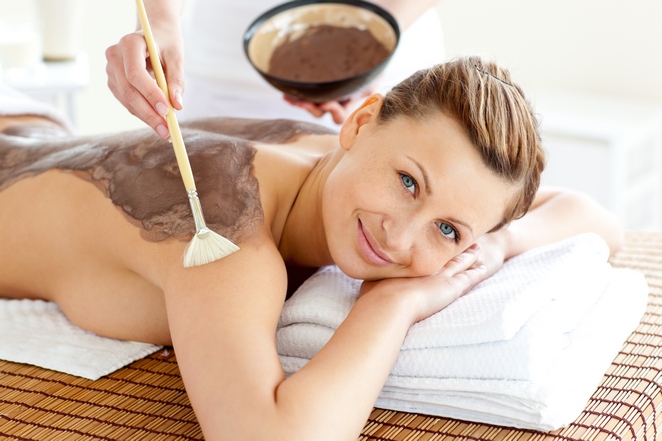
Wrinkles, discolourations and other skin imperfections can be effectively removed thanks to application of face scrubs. It seems easy, just to use a face scrub to make all unattractive marks miraculously disappear from our face. The real challenge begins when we learn how many kinds and manners of dead skin epidermis cells exfoliation treatments are offered by the present-day aesthetic medicine. Certainly, it is hard to pick the one suitable product for our face skin. If you got lost among all the cosmetics and treatments, apply a few rules and enjoy having smooth and healthy face skin.
Skin exfoliation is a beautifying treatment applied in cosmetology in order to remove dead epidermis cells and to improve the general appearance of face and body. Such a treatment prevents acne as well as in-grown hair, which is a fairly typical side effect of mechanical epilation. What is more, skin exfoliation helps with highlighting discolourations and firming skin. The great advantage of the treatment is that it does not have to be performed at a beautician’s. In other words, the procedure can be done at home. However, before you expose your skin to face and body scrubs, you have to be aware of some contraindications connected with the procedure. Pregnancy, breastfeeding, open wounds, frostbites, advanced acne, diabetes and taking preparations including A vitamin derivatives are some of the factors that exclude the treatment from being performed.
We distinguish a few types of skin exfoliation. Accordingly, we can recognize the following kinds of a treatment: mechanical, chemical, enzymatic and combination. Mechanical skin exfoliation depends on removing dead epidermis cells due to diamond (minerals) or artificial corundum crystals. Such a treatment is also known as microdermabrasion. Cavitation peeling is done with the use of laser or ultrasounds. During chemical peeling procedures, a beautician applies AHA or BHA acids. Plant enzymes are used for enzymatic treatments. When it comes to the combination skin exfoliation treatments, these are selected accordingly to the client’s needs. In this case, several substances and techniques are combined into one session in order to obtain the best result possible. All the techniques’ aim is to visibly improve condition of skin.
Each exfoliation treatment can be broadly defined by the depth of damage in the skin that it produces. To clarify, scrubs have superficial, medium, and deep manner of working. The first type is applied 0,06 up to 0,45 millimetre deep into skin. This kind of a treatment requires use of glycolic acid or derivative of A vitamin. There are a few types of superficial exfoliation: enzymatic, scrub (containing fine grains), brushing (exfoliation due to use of either a manual or an electronic brush), peel-off (a face mask which removes dead epidermis cells when taken off from face). Cosmetics used for medium exfoliation penetrates skin up to 0,5 millimetre deep. When it comes to deep exfoliation, it is one of the most invasive treatments. We distinguish the following types of deep exfoliation: herbal peeling, exfoliation with the use of a few kinds of acids and dermabrasion.
There is yet another division of scrubs: cosmetic and dermatologist. Cosmetic scrubs contain low concentration of active substances. They help with obtaining healthier skin, shallow fine lines and restore natural skin tone. Dermatologist scrub can be applied only at a professional beauty parlour’s or in an office of a dermatologist. For this kind of a beauty treatment only high-concentrated substances are used. They are selected accordingly to skin problems and the effects one wants to obtain.


